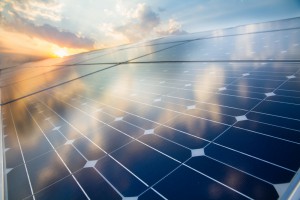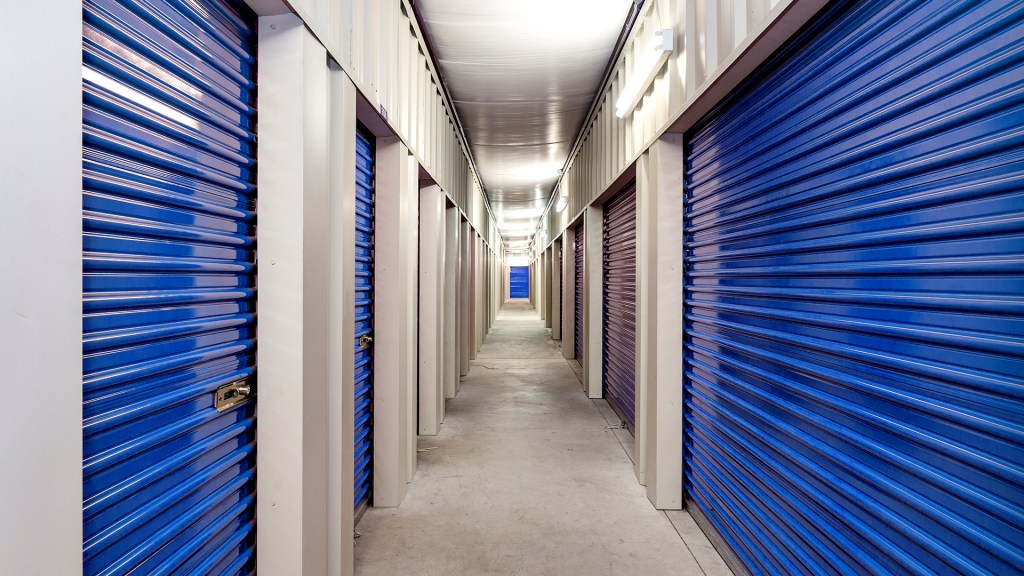By Anca Gagiuc on February 12, 2016 in Technology
There is really only one renewable energy source that can power the whole planet —solar energy. The sun’s energy can power the earth many times over. We’re all familiar with solar technology’s limitless potential, but have yet to actualize its true capability.
One of the main hurdles with solar technology is where to put it, as the places where we most need power are lacking space for the big, heavy panels. Silicon Valley startup Ubiquitous Energy, a company spun off by researchers at Massachusetts Institute of Technology and Michigan State University, believes they’ve found the solution—a new type of technology that could span from industrial applications to consumer devices and handheld gadgets—cell phones and tablets that never run out of battery life. Sounds like fantasy, doesn’t it?
the places where we most need power are lacking space for the big, heavy panels. Silicon Valley startup Ubiquitous Energy, a company spun off by researchers at Massachusetts Institute of Technology and Michigan State University, believes they’ve found the solution—a new type of technology that could span from industrial applications to consumer devices and handheld gadgets—cell phones and tablets that never run out of battery life. Sounds like fantasy, doesn’t it?
Until now, solar cells have been only partially transparent and usually a bit tinted, but the startup’s transparent solar cells are so clear that they’re practically indistinguishable from normal panes of glass.
Transparent solar is something taught in elementary school: the sun transmits energy in the form of invisible ultraviolet and infrared light, as well as visible light. A solar cell that is engineered to only capture light from the invisible ends of the spectrum, will allow all other light to pass through—thus, it will appear transparent.
“It opens a lot of area to deploy solar energy in a non-intrusive way,” Richard Lunt, co-founder of Ubiquitous Energy, said in an interview with Michigan State’s Today blog.
“It can be used on tall buildings with lots of windows or any kind of mobile device that demands high aesthetic quality like a phone or e-reader. Ultimately we want to make solar harvesting surfaces that you do not even know are there.”
The secret to creating such material is organic chemistry. In order to achieve this level of transparency, the team created a new material, the transparent luminescent solar concentrator (TLSC), which employs organic salts to absorb the wavelengths of light that are invisible to the human eye. Basically, it’s clear plastic that can be placed over any window or pane of glass to harvest solar energy.
This type of solar cells capture ultraviolet and near infrared wavelengths, which then become a “glowing” infrared light. At the edge of the plastic, a strip of conventional PV solar cells convert the light into electricity. In short, TLSC has the ability to turn windows and sheets of glass into photovoltaic solar cells. Furthermore, the transparent coating is also flexible, a characteristic that has a vast spectrum of benefits—it can be hidden in plain sight without obstructing any view, in window panes of skyscrapers or on the screens of cellphones.
However, harvesting only the sun’s invisible rays means sacrificing efficiency. Before going into the market, TLSC should have a minimum conversion efficiency of five percent. Prototypes have achieved about two percent efficiency and visible transparency of about 70 percent, but the company says they are working on improving both numbers.


